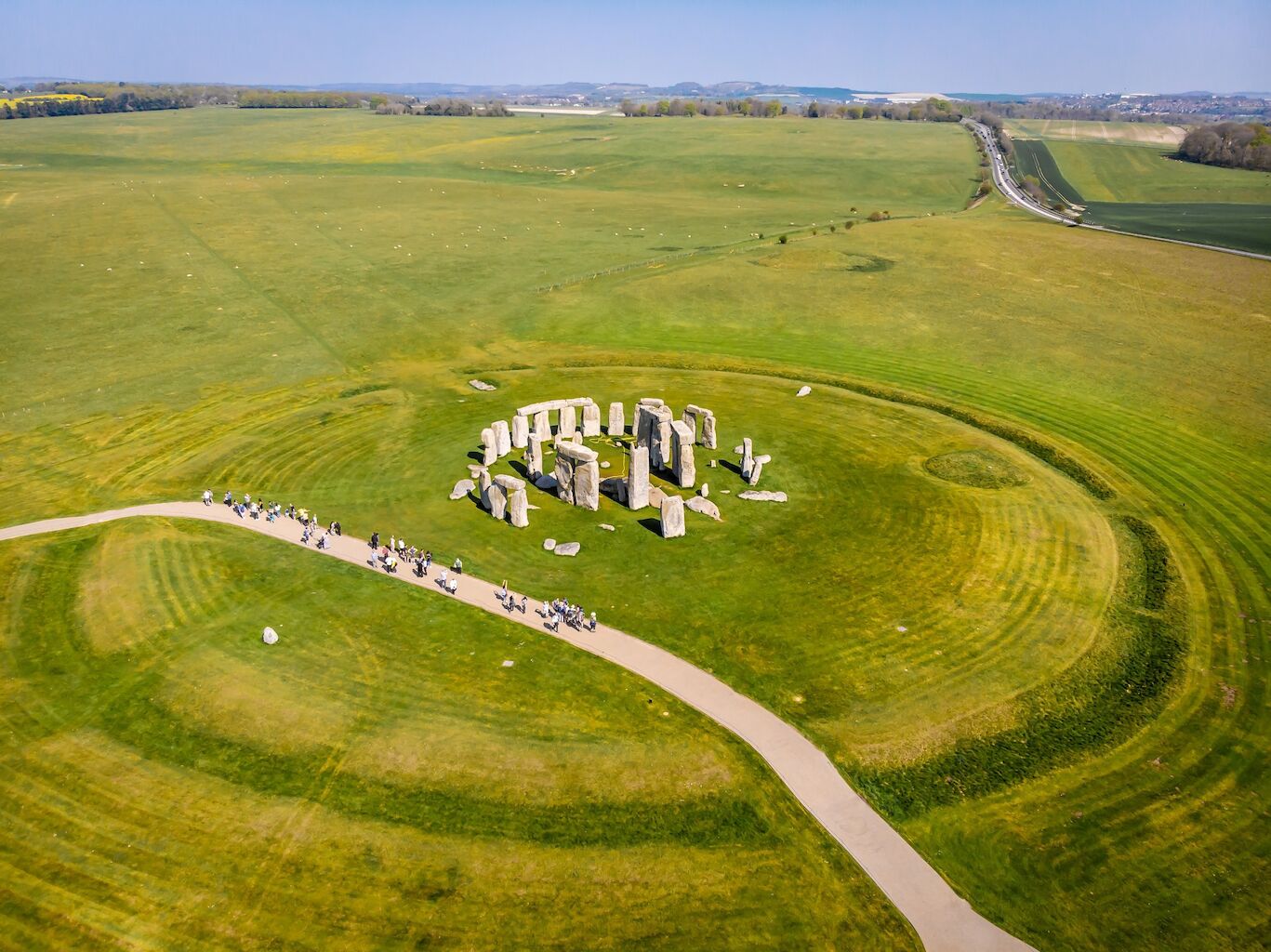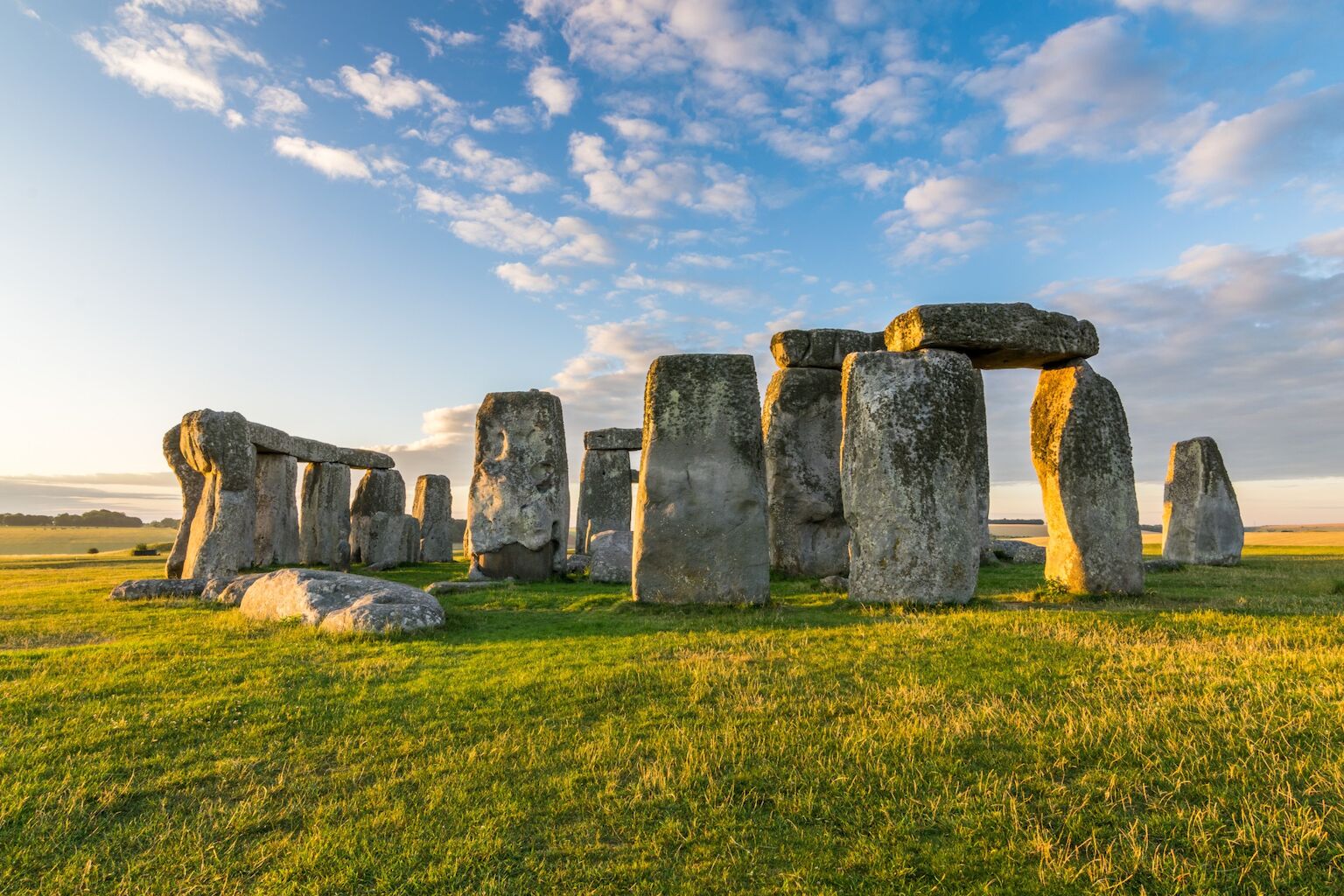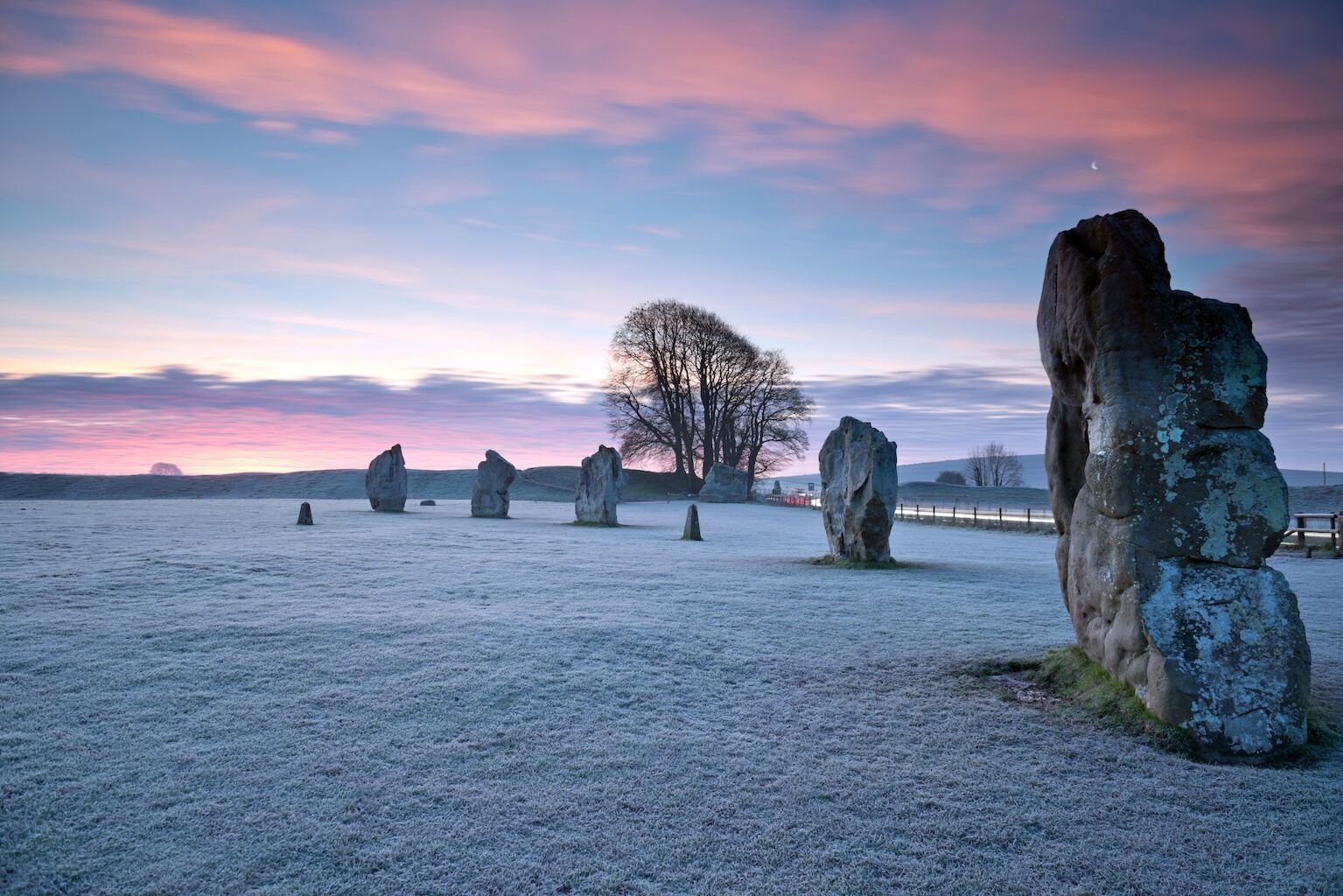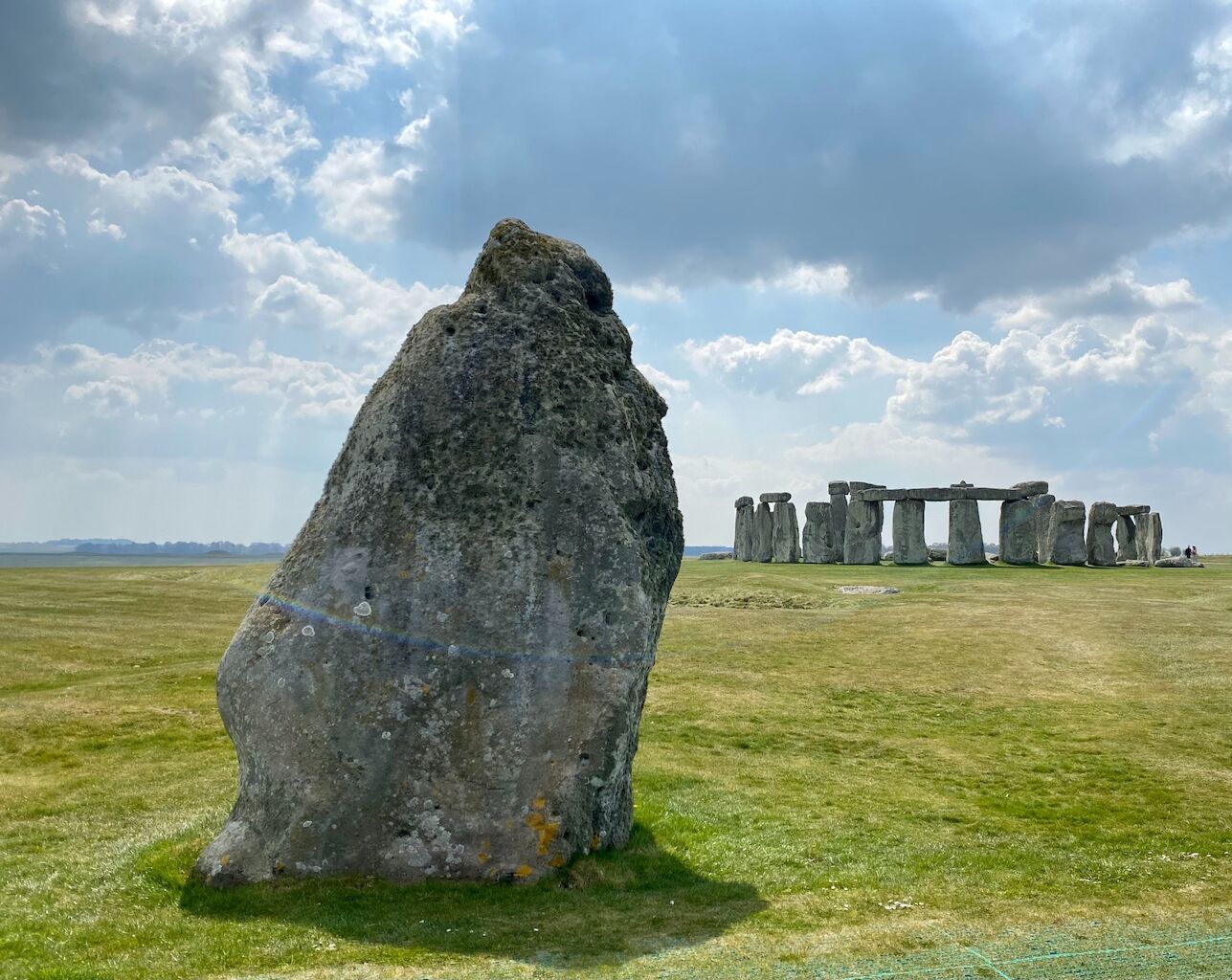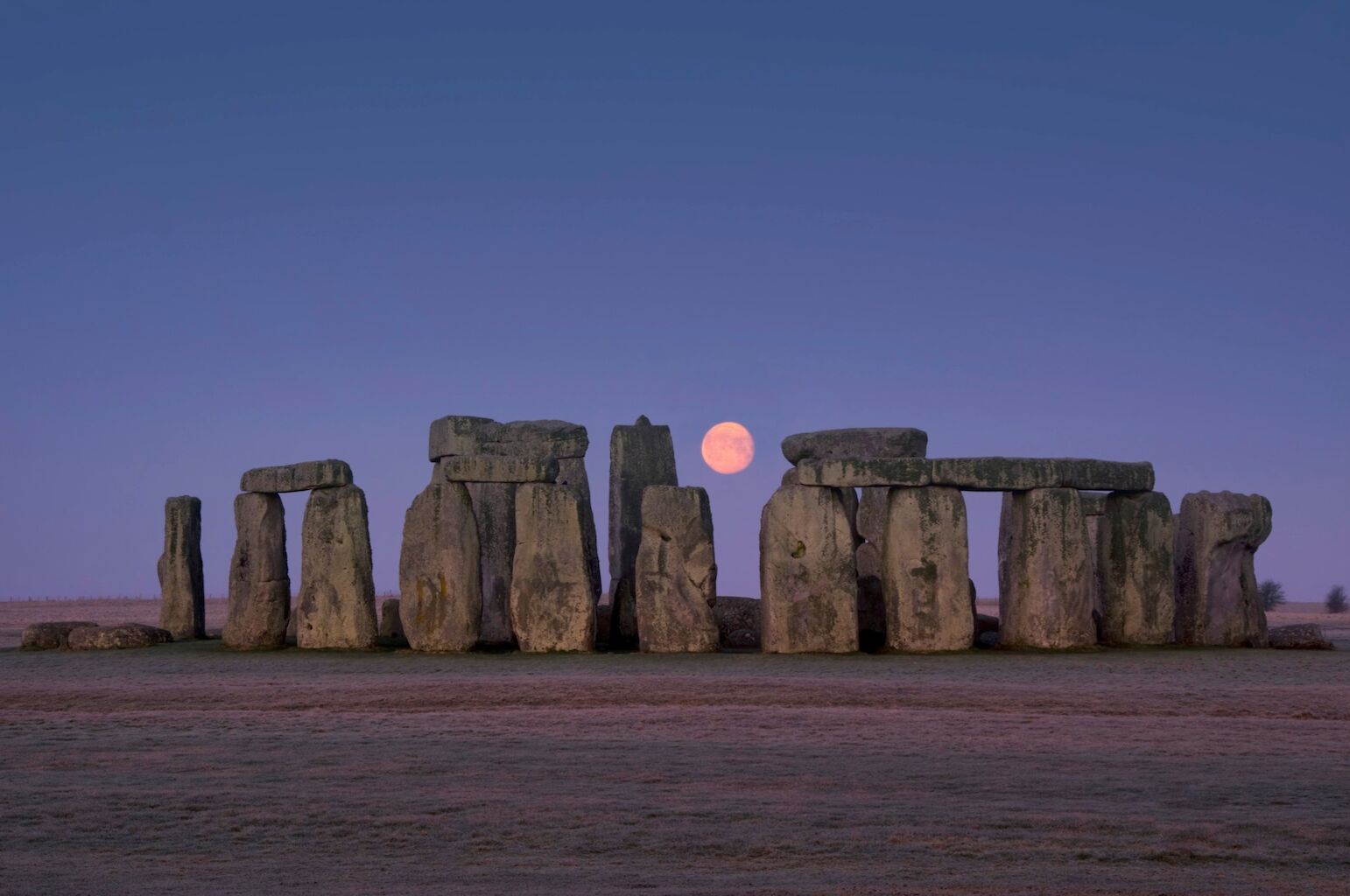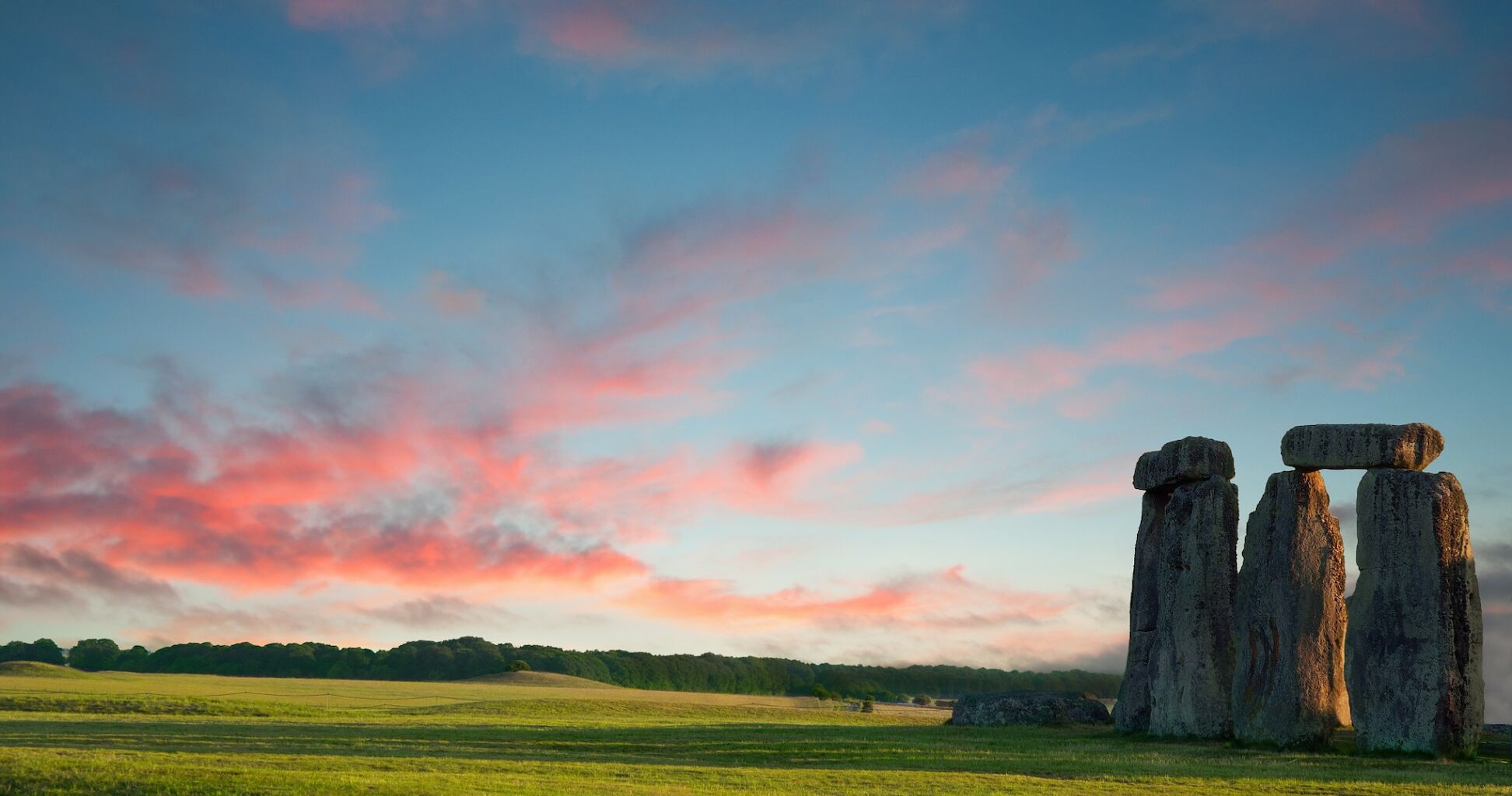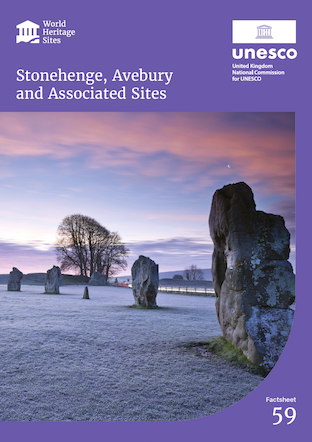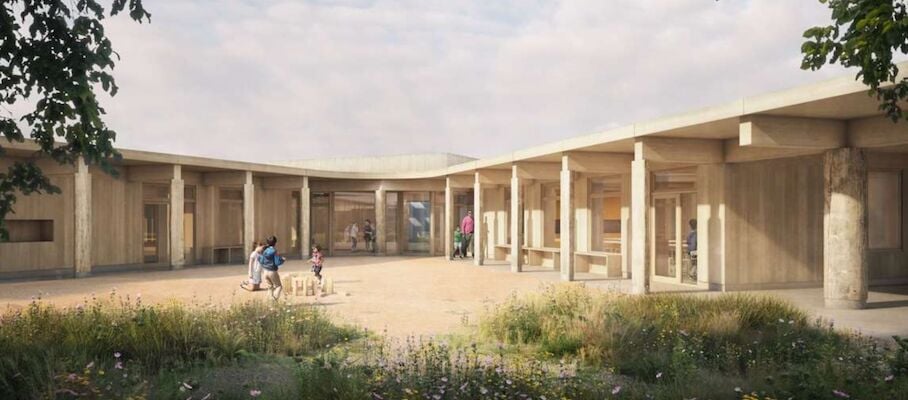Stonehenge, Avebury and Associated Sites
This World Heritage Site is universally important for its unique and dense concentration of outstanding prehistoric monuments and sites which together form a landscape without parallel. Stonehenge is the most sophisticated prehistoric stone circle in the world, while Avebury is the largest. Together, alongside many more remarkable monuments, they represent the achievements of communities 5,000 years ago and demonstrate the skilful ability of prehistoric peoples to construct immense structures.
What makes this UNESCO Designation special?
A landscape of epic proportions, the monuments of Stonehenge and Avebury World Heritage Site span 2,000 years of continuous Neolithic and Bronze Age activity in Wiltshire between c 3,700 and 1,600 BC.
Settlements, burial grounds and large constructions of earth and stone provide an insight into past mortuary and ceremonial practices. The monuments evidence prehistoric technology, architecture, and astronomy and have influenced centuries of archaeological discovery and artistic inspiration.
Stonehenge is the most sophisticated stone circle in the world due to the scale of its design and precision of its construction. At Avebury, the henge, containing the largest prehistoric stone circle in the world, and Silbury Hill, the largest prehistoric mound in Europe, demonstrate outstanding engineering skills. These monuments represent a huge investment of time and effort and would have been of major significance to those who created them.
Bronze Age barrow cemeteries lie on prominent ridgelines and several monuments are positioned in relation to rivers and water. Stonehenge, and a number of other monuments, are aligned with the midsummer sunrise and midwinter sunset. The careful siting of monuments in relation to the chalkland landscape they were built in helps us to understand how they were designed and experienced.

